People, Tours and Adventures, TravelUnder The Same Shade – Toto Idrovo and The Galapagos Surf Scene
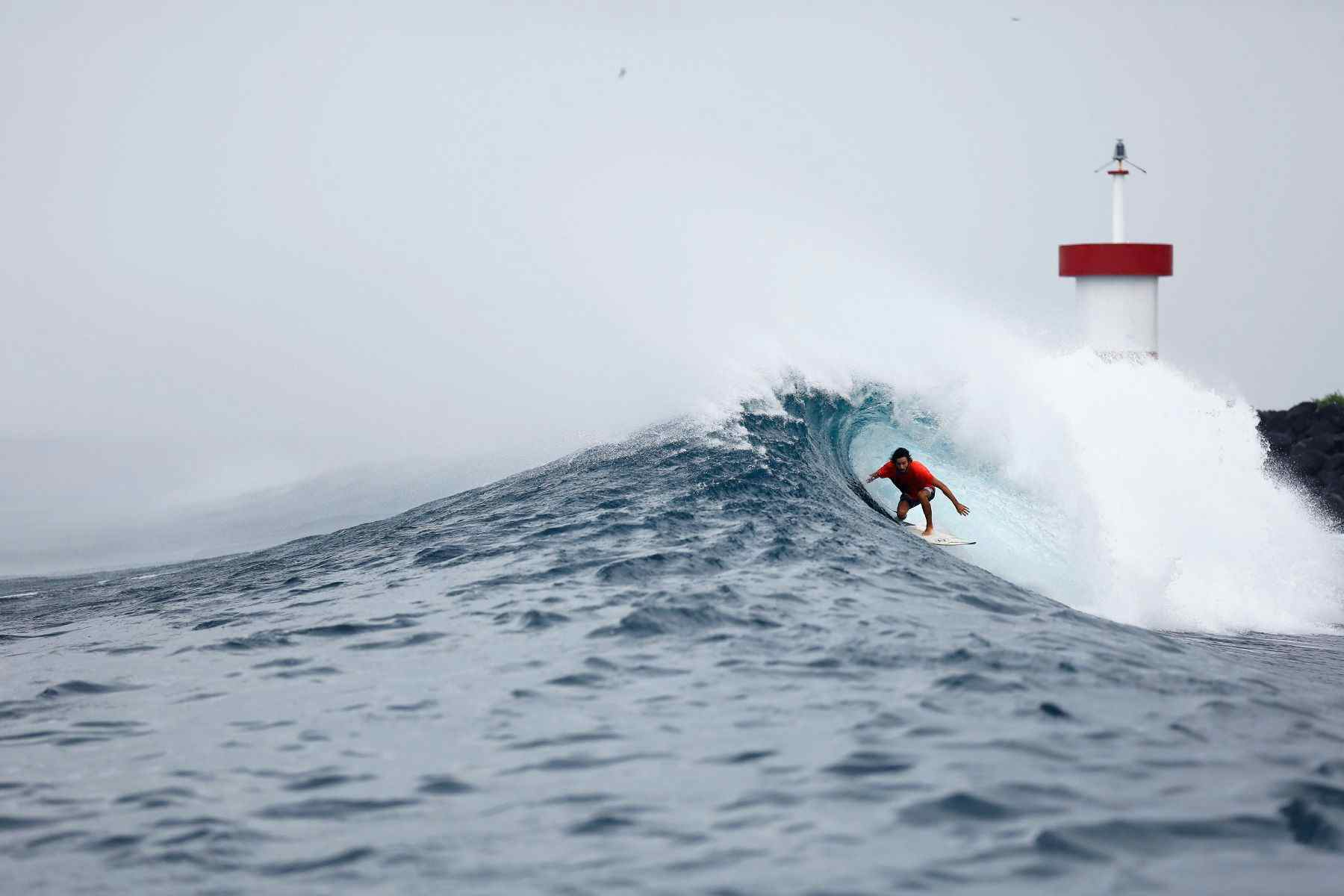
What is the first association that comes to mind when you think of an island in the middle of the Pacific Ocean?
In the minds of most surfers, an “island” is often synonym to good waves, palm trees, and a heavenly modus vivendi that makes you dream about moving there indefinitely. Yet, for the majority of us who enjoy (and frequently take for granted) the many perks of a life on mainland, surrounded by the conveniences of continental cities and towns, it is difficult to craft a non-surreal picture of an island – unless of course, you have experienced it first hand.
Meanwhile, there are surfing communities in these very dreamlike locations that have pushed through various hardships on account of isolation and developed a salubrious surf culture of their own; always in tune and respecting the imposing nature that invariably dictates their fortune.
In the beginning of 2018, shortly after having published a Departure Gate on San Cristobal Island, Surf Simply dove into the history of the Galapagos Islands in the hope to unearth some of the outcomes of the conservation efforts in the archipelago. Now, as a means of wrapping up this story, we were curious to find out a local surfer’s perspective on the course of the archipelago.
For this, there is nobody better to speak with than the Galapagos surf scene’s new generation forerunner, entrepreneur, and now father, Toto Idrovo.
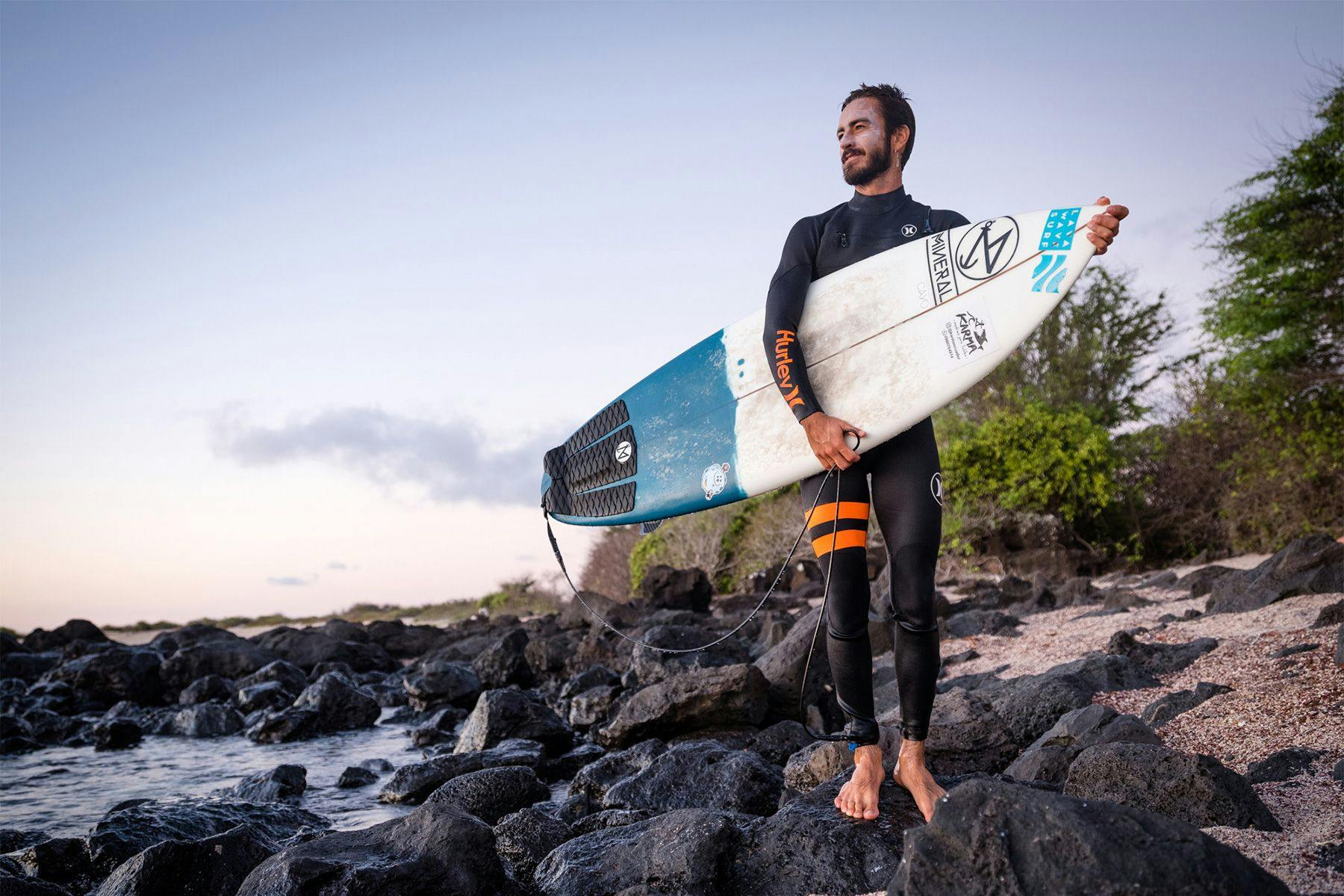
Looking back, how did your relationship with surfing and the Galapagos Islands begin?
I was born in 1993 in Quito, the capital of Ecuador, in a family that has always cherished and respected nature. Since the age of two I have lived with my family in San Cristobal Island in Galapagos. Always surrounded by the island’s untamed nature, I grew free, running naked on the beach, playing on the seashore, looking for treasures among the rocks, exploring, learning and sharing with animals, happy in the ocean and grateful for life. This experience has nourished my creativity and intuition throughout my life. In a way, the sea has become my teacher, showing me the simplicity of life and this beautiful gift of existing, giving me the possibility to flow consciously in each wave and to learn from my mistakes with humility.
It was not until I was 11 years old that my first surfboard landed in my hands. It was a 7-foot Neff mini gun, presented to me by one of the first Brazilian surfers who came to the islands in search of waves.
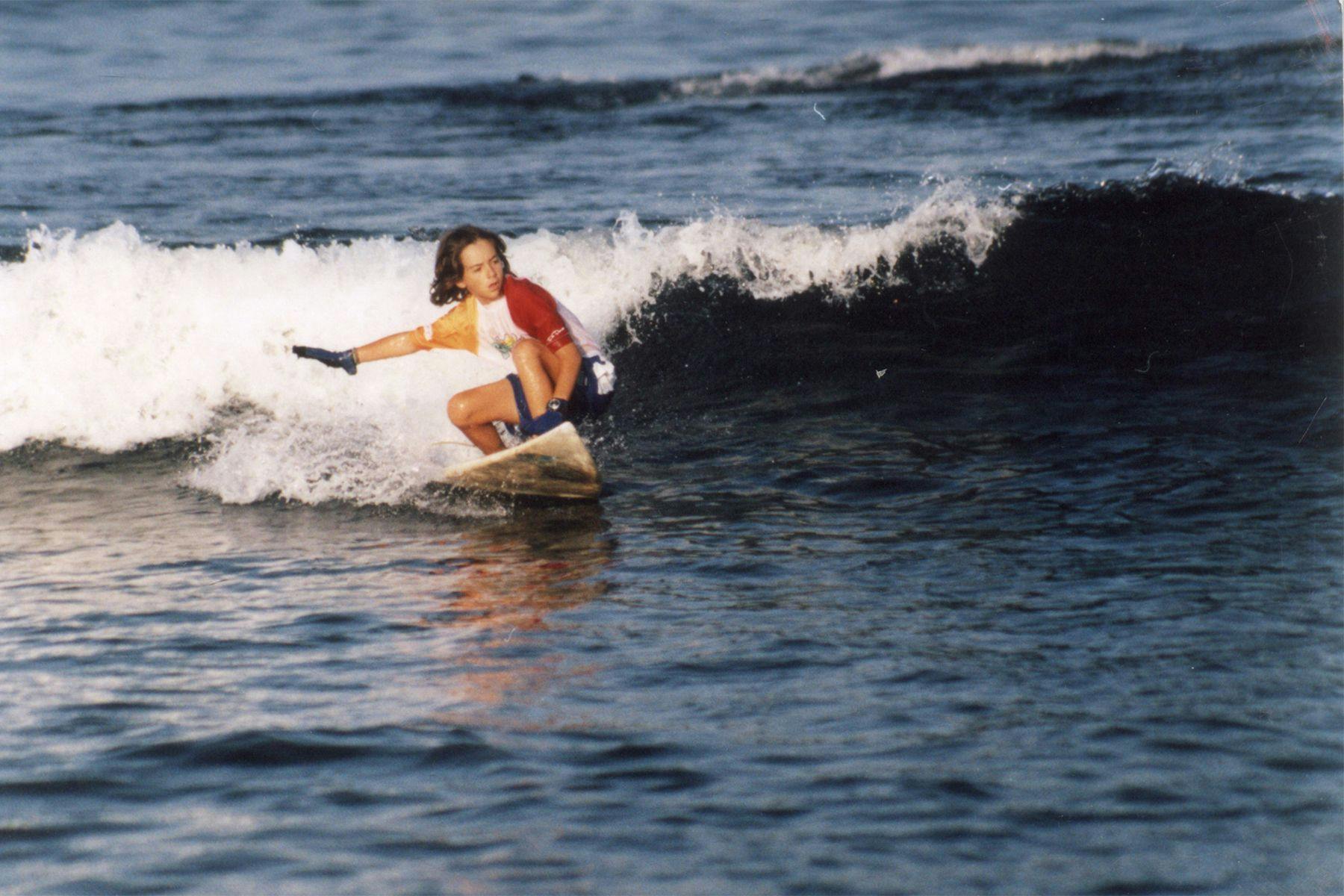
I had the opportunity to visit San Cristobal a couple of years ago and was amazed not only by the quality of the waves but also by the energy of the place. As a local, what do you think makes surfing in the Galapagos so unique?
Galapagos is a place full of magic, isolation, life, and respect for nature. They are islands of volcanic origin located in the middle of the Pacific, which invariably exposes them to pretty much any swell generated in this ocean.
We are a small community within one of the most important national parks and marine reserves in the world. Here, interaction with nature is part of our everyday life, especially for those who love being in the sea, sharing their existence with amazing marine species, from small blue dragons to imposing Orcas.
Another thing that struck me while in San Cristobal was how friendly the surf community and locals were – localism was very mellow. Is that common across the Galapagos? If so, have you got any theories on why?
The local surf community in San Cristobal (and across the Galapagos) is relatively small. We know each other from childhood and despite the prejudice of many and the poor accessibility to surf equipment, we have not stopped doing what we love, always supporting each other. This has caused us to grow very united, sharing everything under the same shade: the water and food after each session; the sunscreen; surfboards; the waves and, above all, the love and respect for the sea.
“When you are so isolated from the rest of the world and meet a person from another corner of the planet who enjoys the same passion as you, sharing becomes inevitable.”
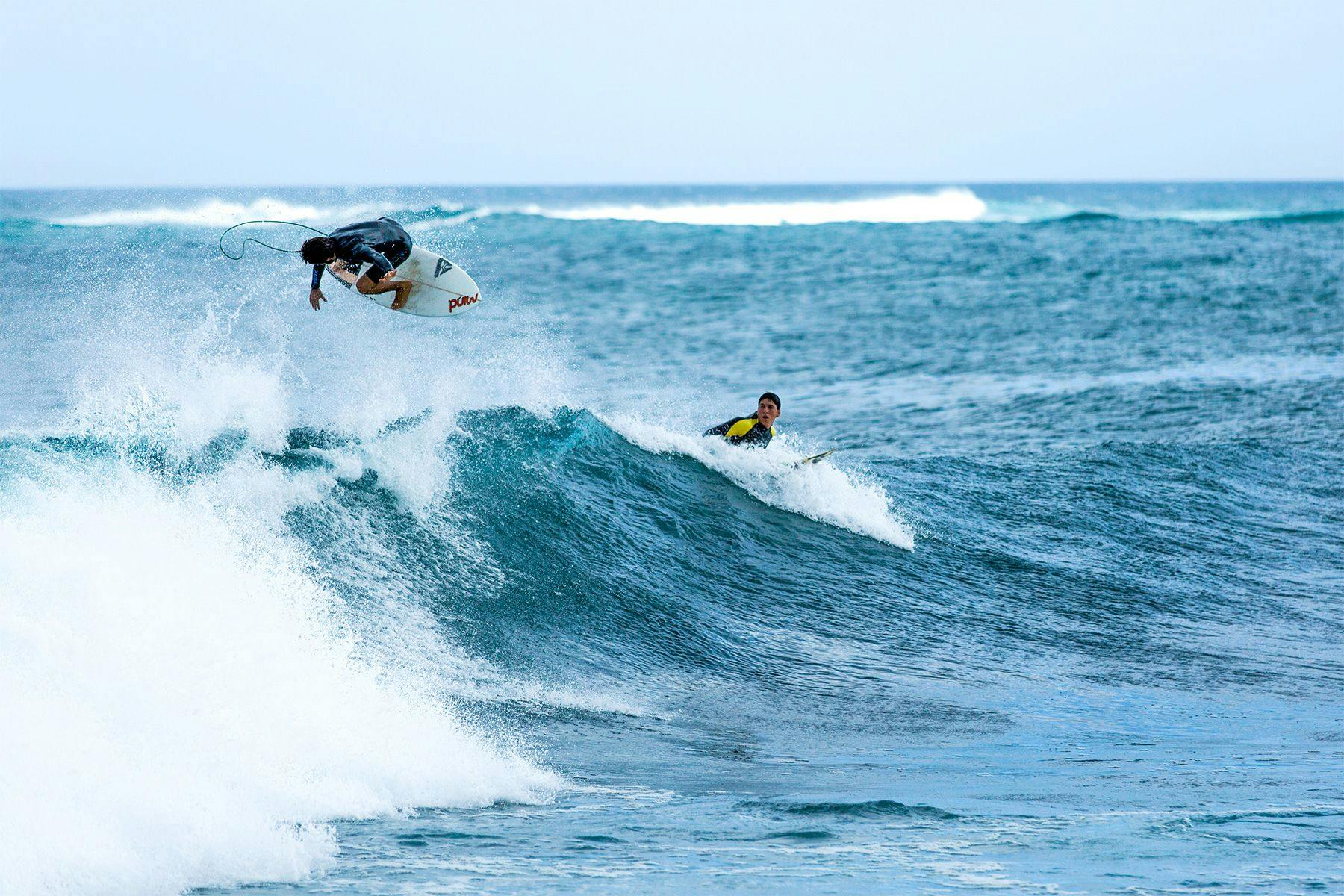
Compared to other faraway islands with a bustling surf culture (Hawaii, French Polynesia, Indonesia, etc), the surf scene in the Galapagos is relatively new. What are some of the challenges local surfers face due to the isolated geographical location?
Being so far from any surf industry and lacking local shapers or surf shops, we have very little accessibility to surf equipment, such as surfboards, leashes, wax, fins, wetsuits, etc. It is also very difficult if you want to engage in competitive surfing, since participating in national or Latin American events involves the cost of airfare, lodging, etc. If you do not have this money or do not have a big sponsor, it can be very expensive. I also believe that being a community of surfers of only two generations, the lack of references that inspire children every day is a factor that limits the evolution of surfing in the islands – yet some of us do our best to be a reference to future generations.
In general, what is the relationship between the local community in San Cristobal and surfers?
Galapagos is one of the youngest provinces of Ecuador and its inhabitants are people who came from different parts of the country, many of them from the mountains, which makes them somewhat alien to the sea. A big part of the local community still has the bad concept of the surfer as a marginal, that all he wants is to live in the sea. Usually, parents prefer that their children play soccer or basketball on cement courts and ignore the wonderful natural playgrounds that we have and how beautiful and healthy surfing is.
The good thing is that, little by little, people being to see positive results in competitions achieved independently by young surfers, without even having a coach. This has gradually changed the local mentality, allowing many doors to open and surfers to be seen as high-performance athletes and role models in the community.
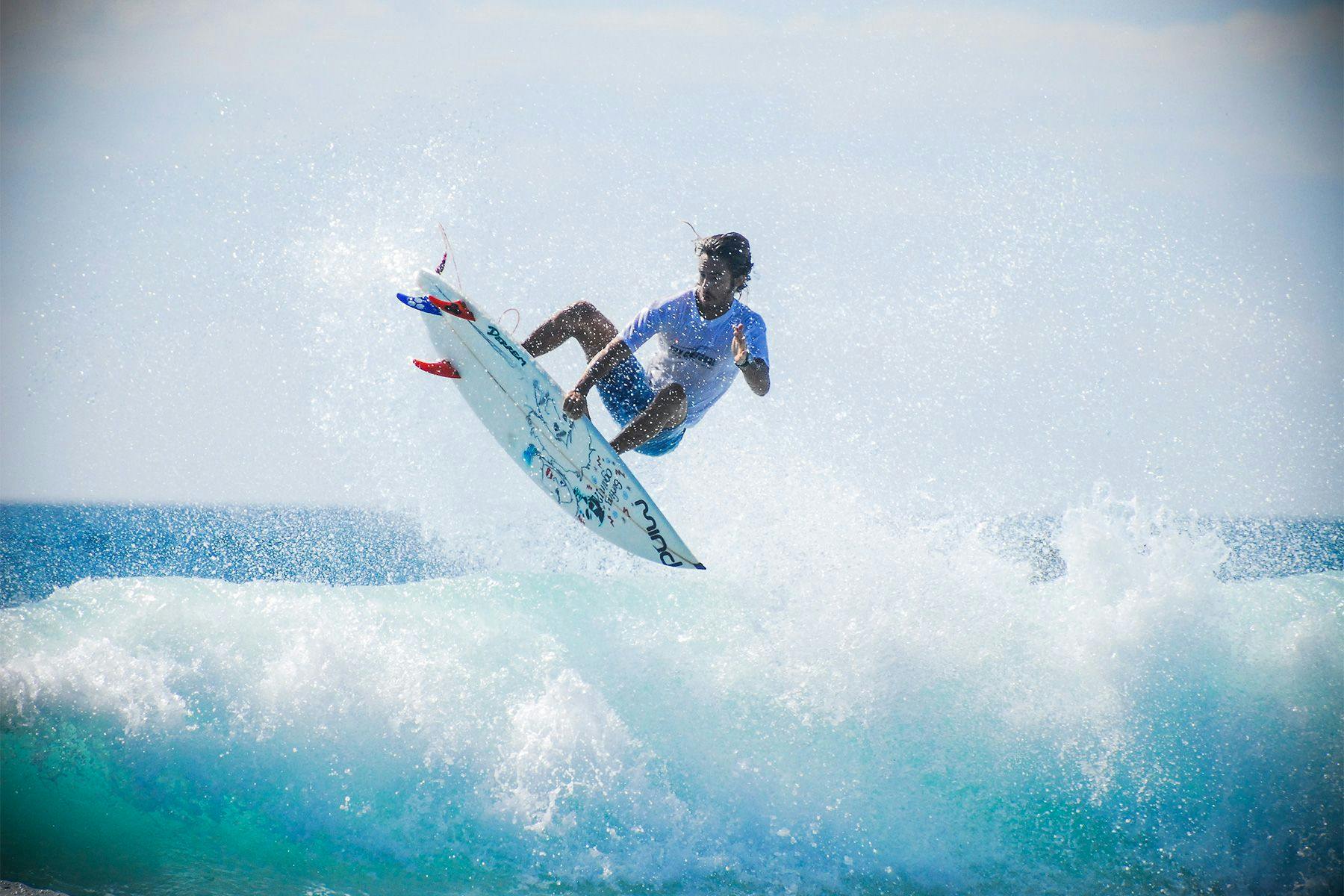
You are considered as one of the prominent athletes in the new generation of Galapagos surfers. What is the current situation of the surf scene in the islands? How is it developing?
Surfing in Galapagos is evolving in an unstoppable way. Accessibility to equipment is becoming increasingly easy and I think the internet has been a very useful tool to learn new things and be aware of what happens in modern surfing worldwide.
Thanks to the results that, with great effort and dedication, some Galapagos surfers have achieved in national and international events, the community in general is becoming ever more interested in surfing. This allows boys and girls of all ages to have greater access and support to really dedicate themselves to the sport. For example, at present we have young athletes like Juan Pablo Yanes, Joshua Marcillo, Jericco Rosero, who among others, who have managed to carve the name of the Galapagos in important events around the world.
There is no doubt that tourism in the Galapagos is growing, and a big part of visitors happen to be surfers. In your opinion, how does this affect the local community?
It is clear that surf tourism in the islands is one of the activities that contributes the most economically to the community. Unlike cruise ships, which are very common in the Galapagos, surf tourism engages with the local economy in the populated islands, and the travellers share and get involved with the community in many ways. Thanks to the quality of waves, peace, safety, nature and the many tourist, adventure and sports activities that exist, the Galapagos is one of the surf destinations that grows and improves every year.
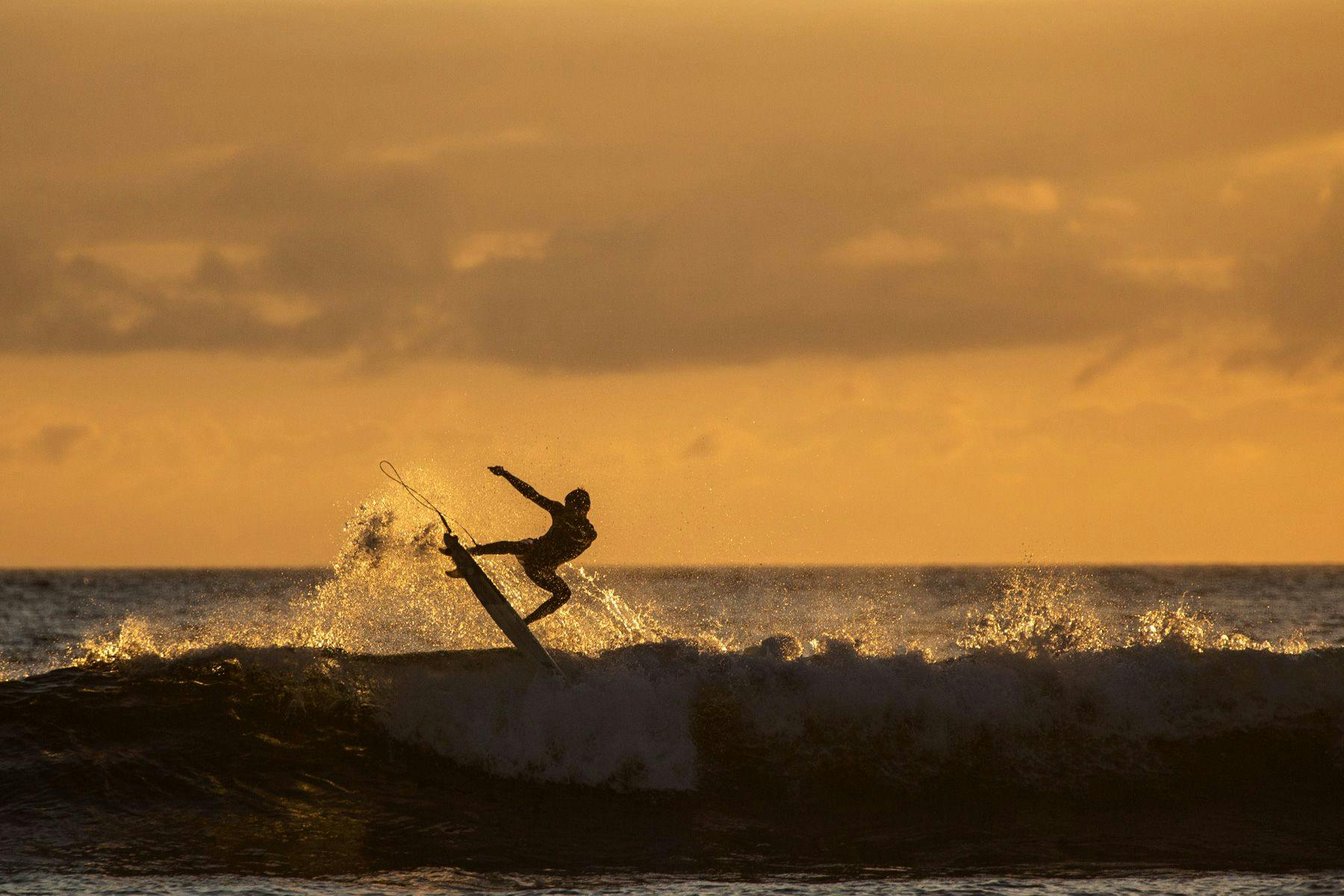
You and your brothers created Lavawave Surf, a tour operator based in San Cristobal. Can you tell us a bit about how the idea was born and what is the concept behind the company?
Lavawave Surf Galapagos Adventures is a family agency, a project that began together with my brothers in 2015. The idea arose with the need to satisfy the demand for surf, adventure and yoga tourism on the island, with a responsible approach to the environment and transparent relationship with customers and service providers.
The concept of Lavawave Surf is to offer the possibility for those who want to know Galapagos, to fully experience this beautiful National Park without putting aside its people. We believe in the possibility of living consciously and in harmony with nature, sharing our passions and love for life through responsible tourism.
In this context, considering that plane tickets are increasingly cheaper and the surf potential of the Galapagos is becoming widely known by surfers across the globe, how do you see the future of the islands – both in a surf, social, and environmental perspective?
Tourism worldwide grows in an irreversible way. Fortunately, in the case of surfing, most travelers are conscious, respectful and committed to the environment. Similarly, the competent authorities in the Galapagos do their best to preserve the islands, controlling the flow of tourists, zoning the areas for different activities and regulating them constantly.
Socially and culturally, surf tourism favors us all in all aspects. It is noticeable how each season, thanks to the flow of surfers who visit the islands, the surf level of the locals evolves as well.
To wrap it up, it’s an obvious question but we have to ask it: What is your favorite wave in the Galapagos?
Whenever I am asked this question, I have the same answer. My favorite wave is a secret spot and I’m sorry, but I will not reveal the name. (laughs)
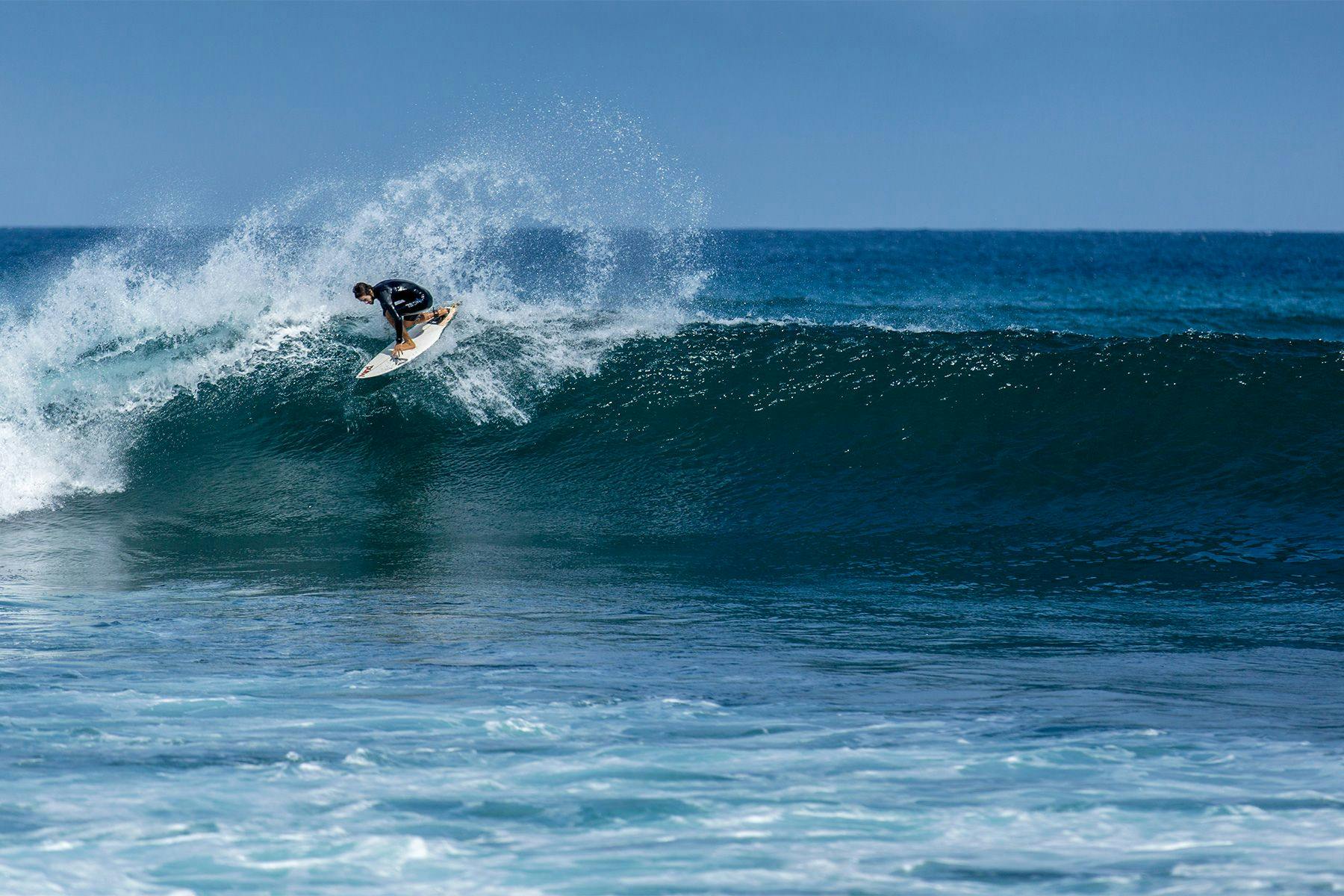
If you want to find out more about surf and yoga tourism in the Galapagos check out Lavawave Surf’s website.